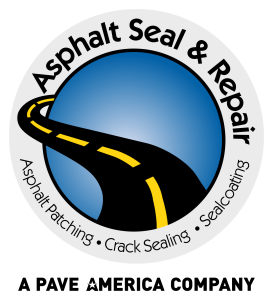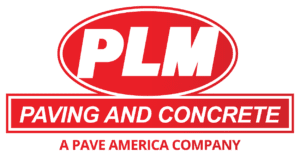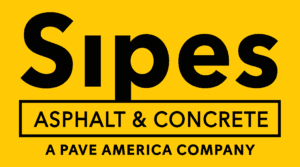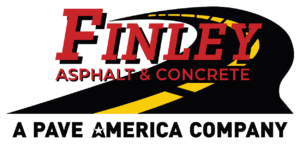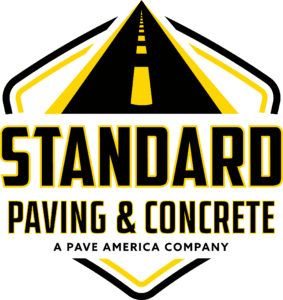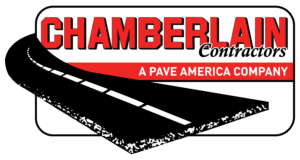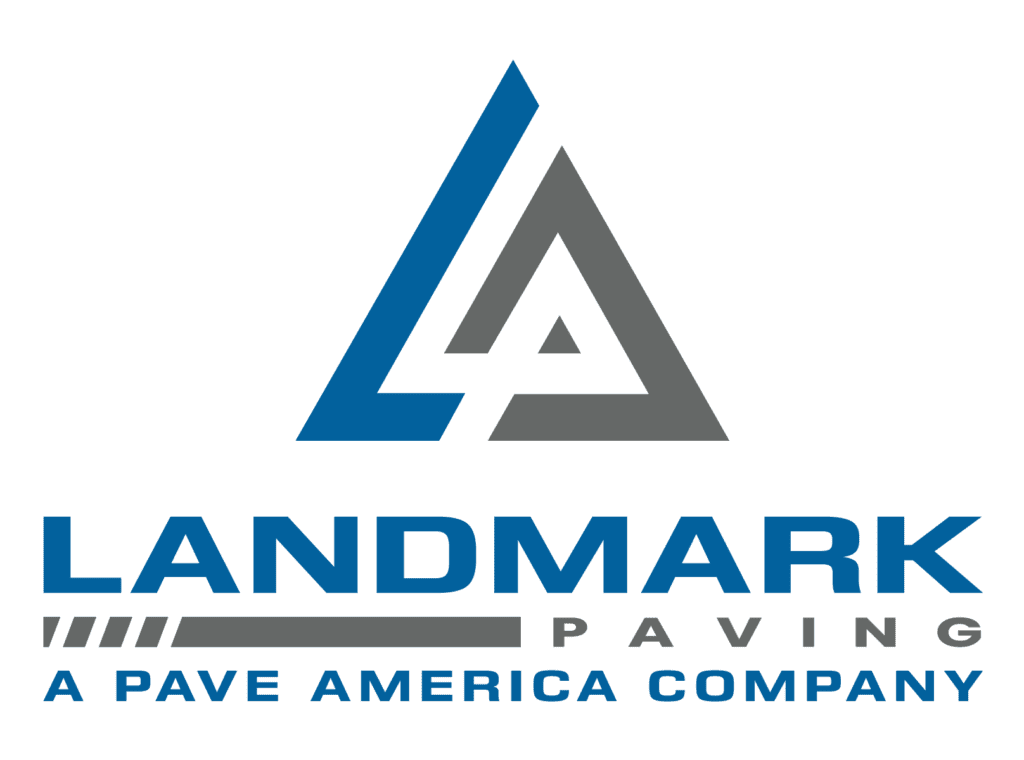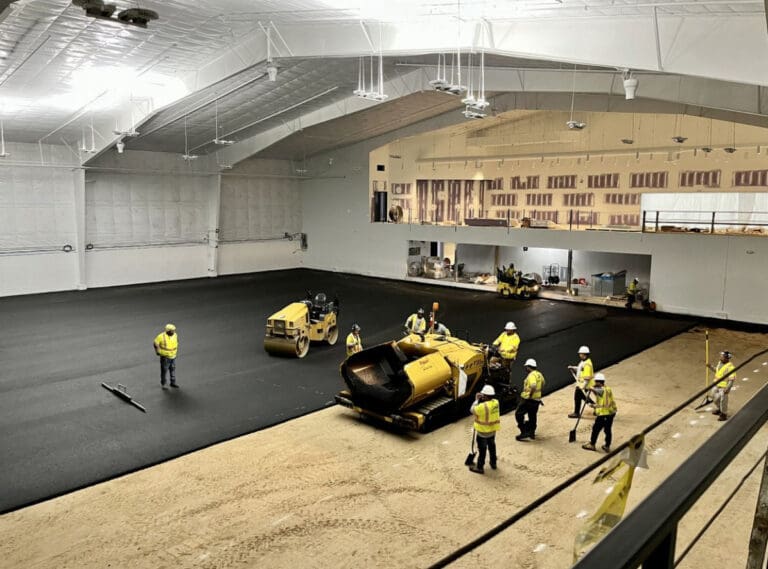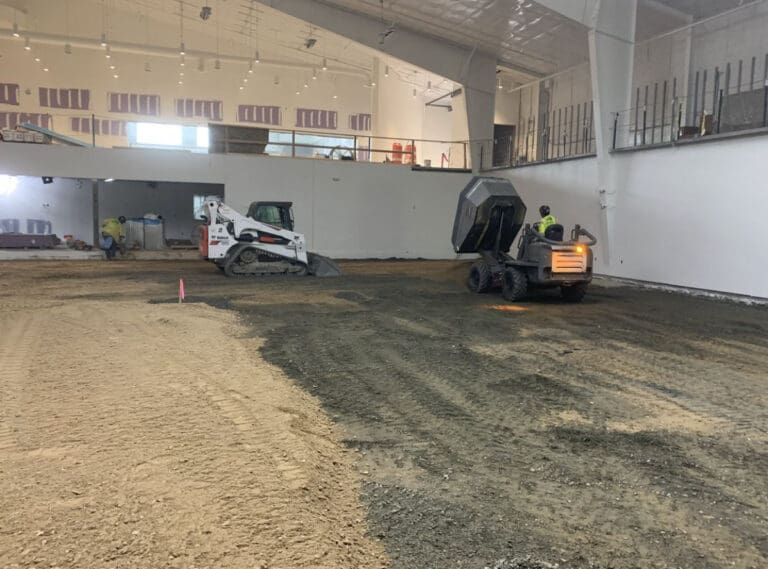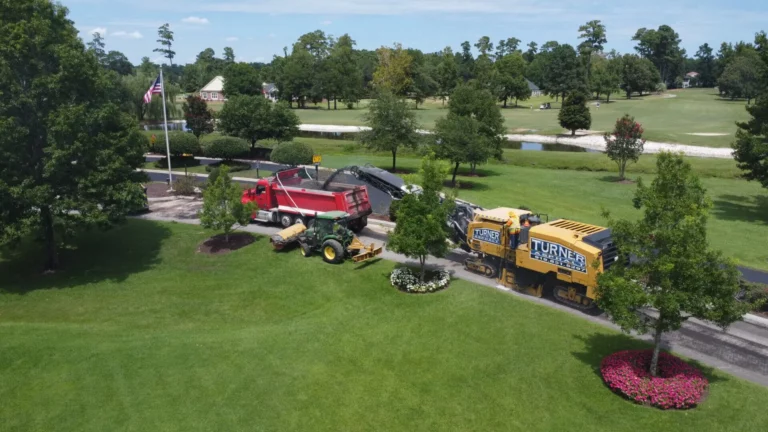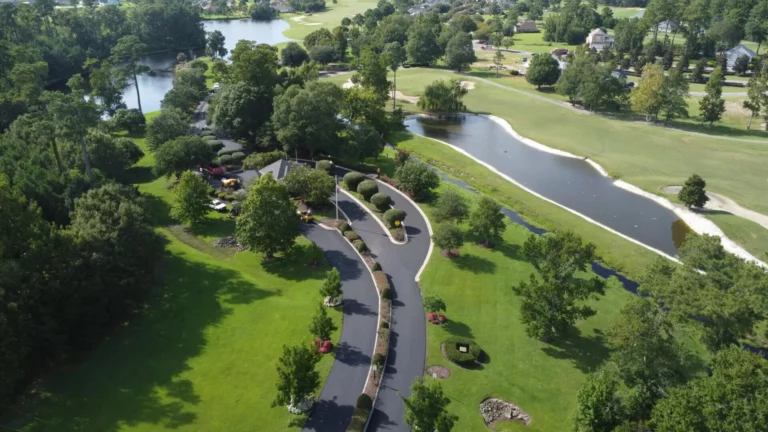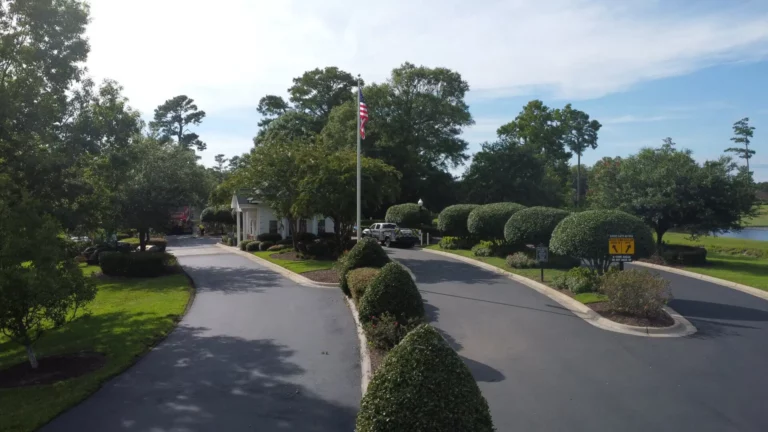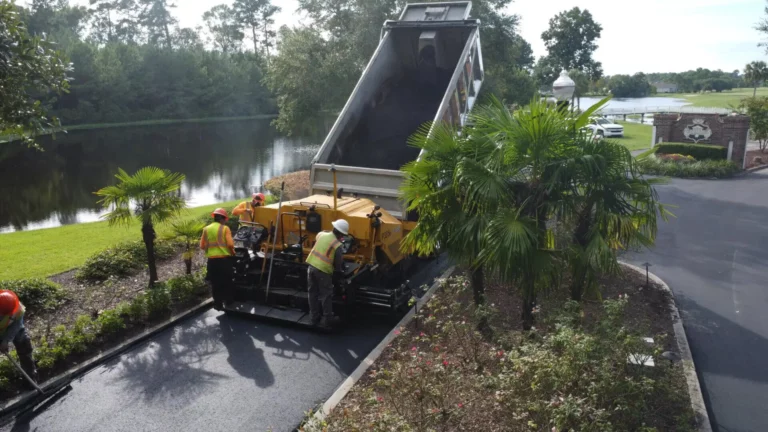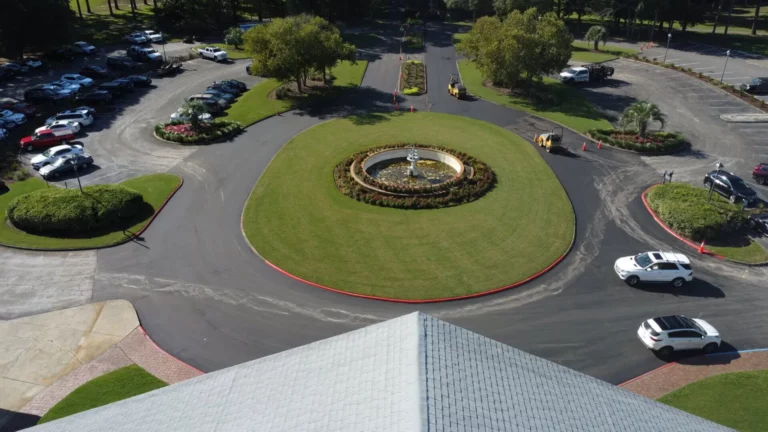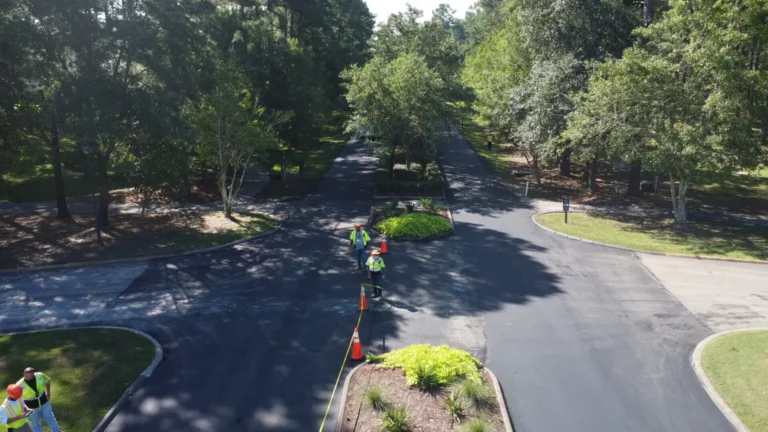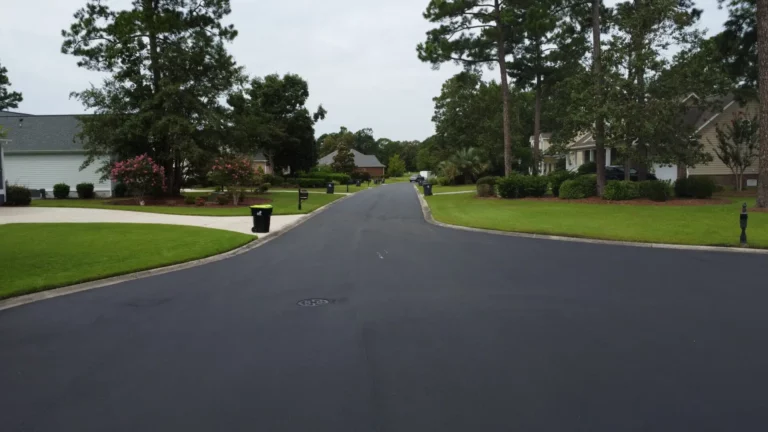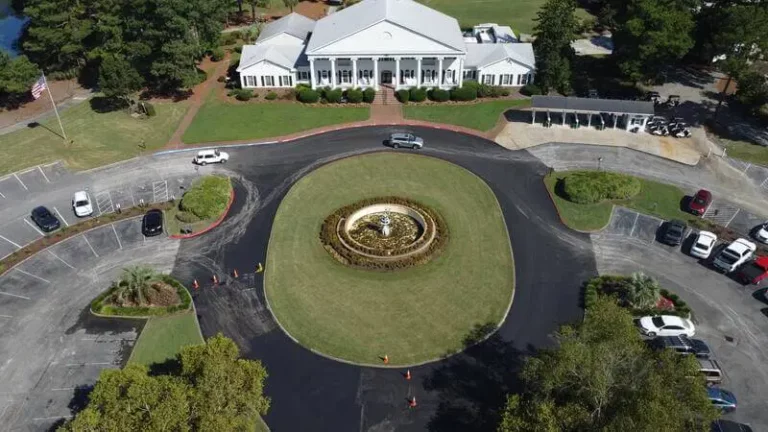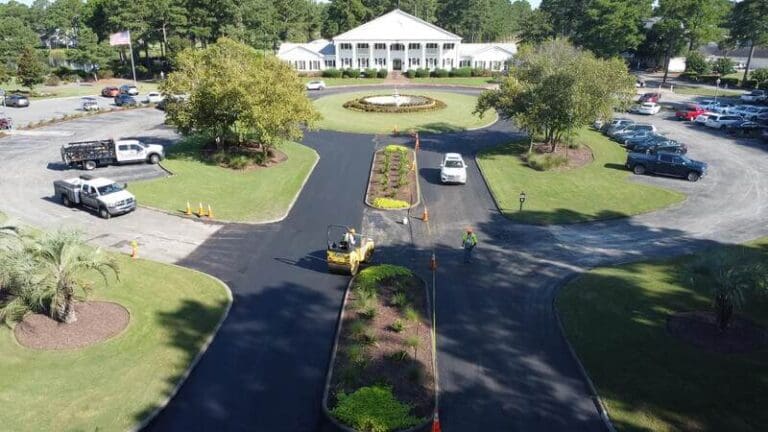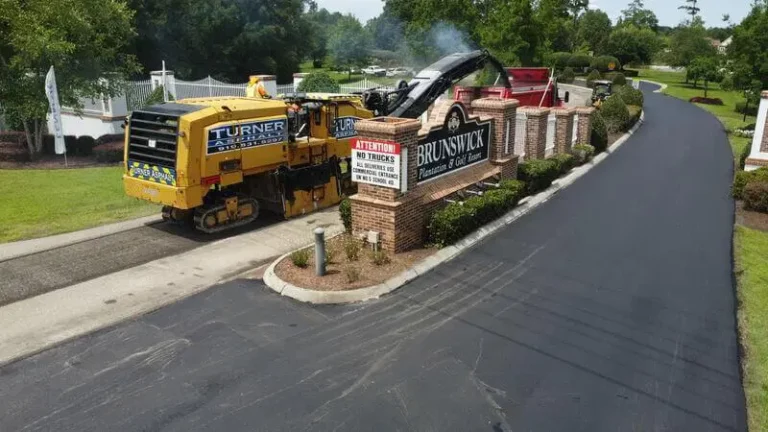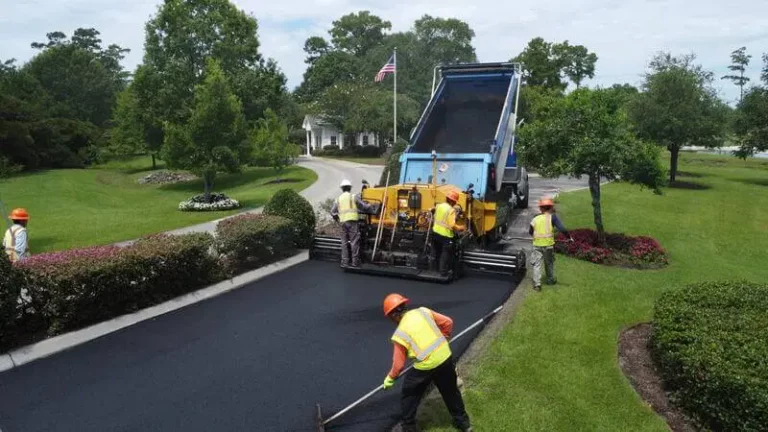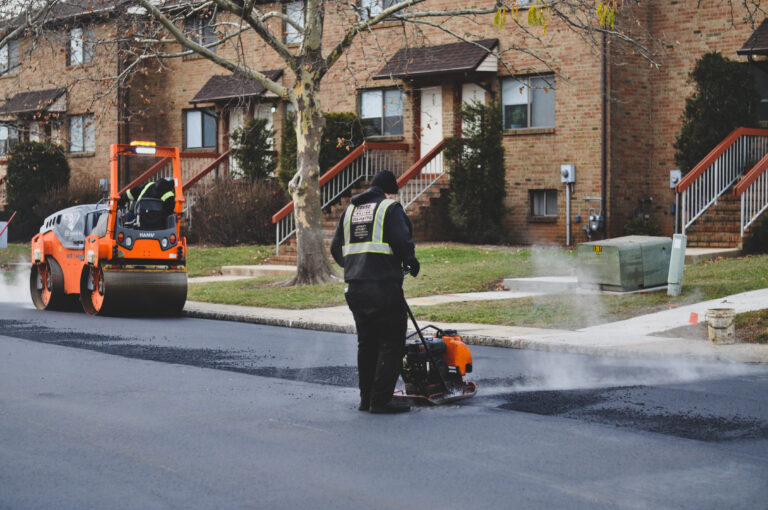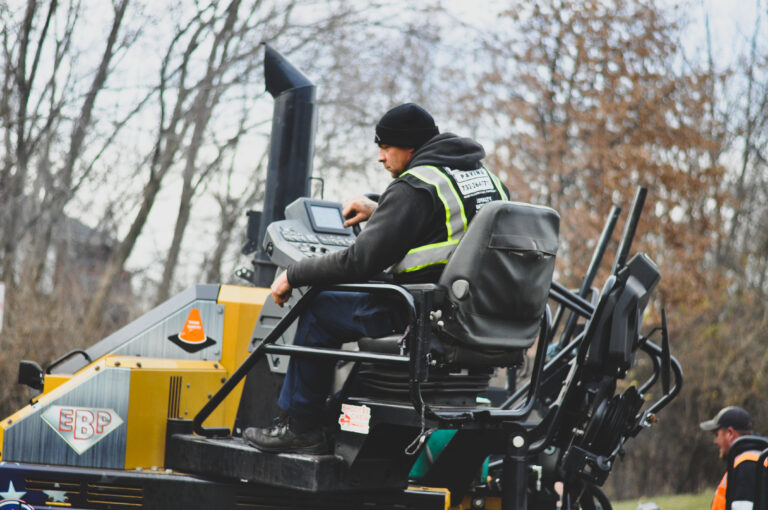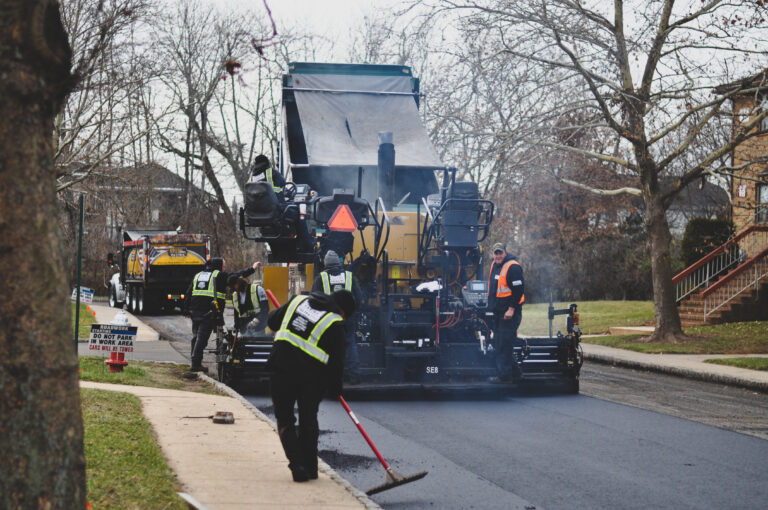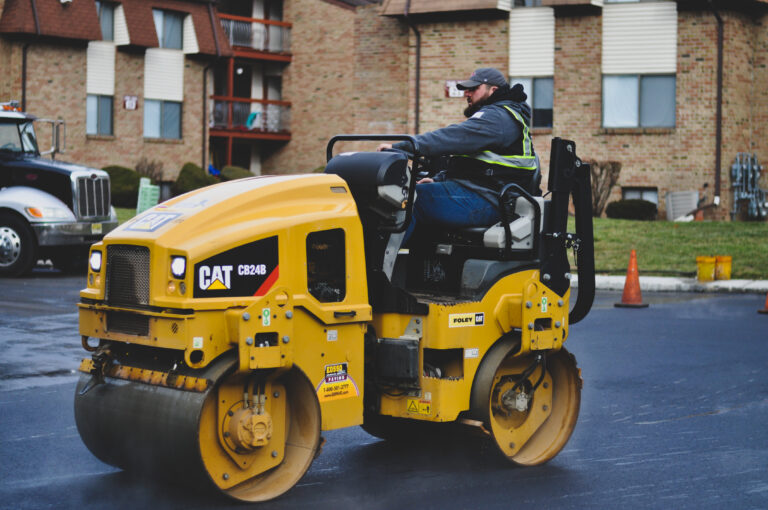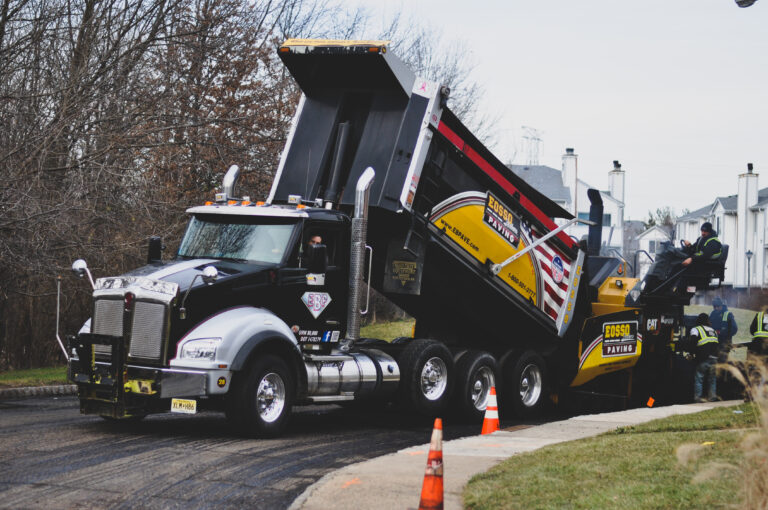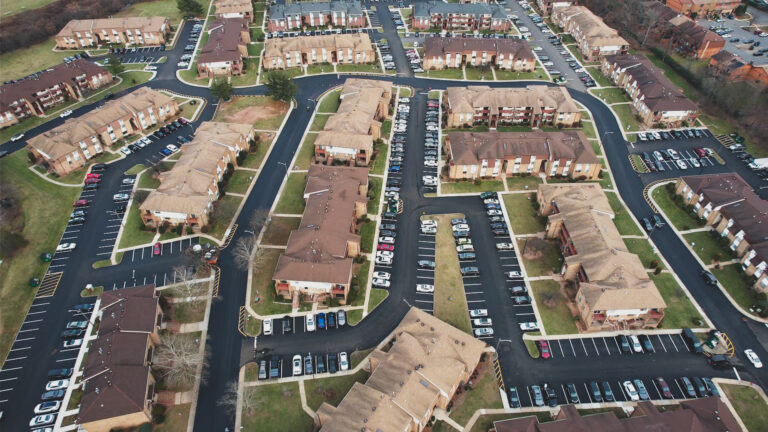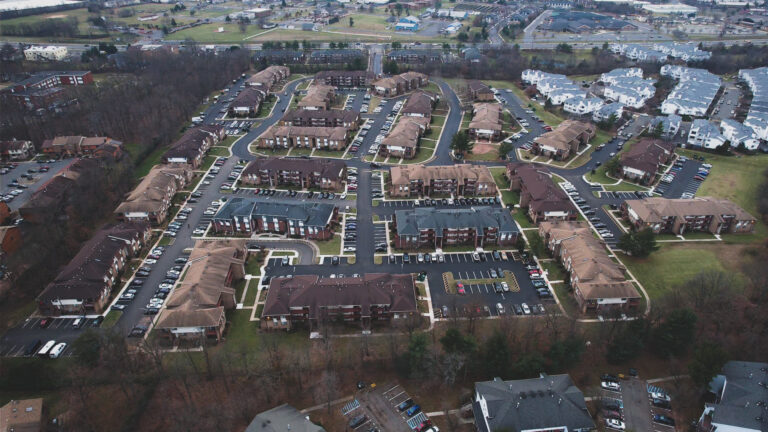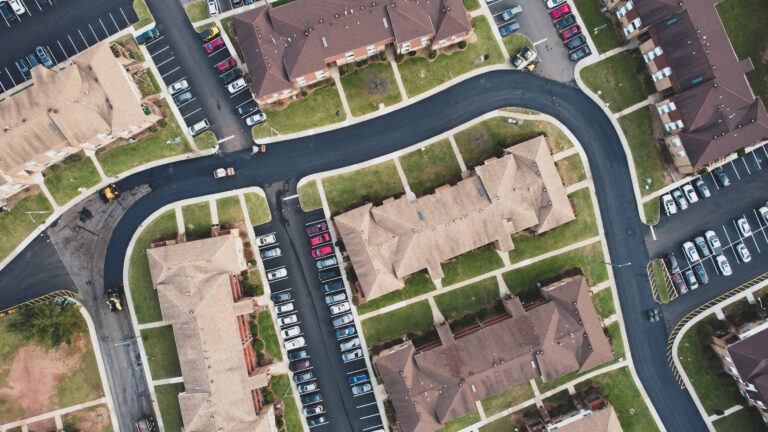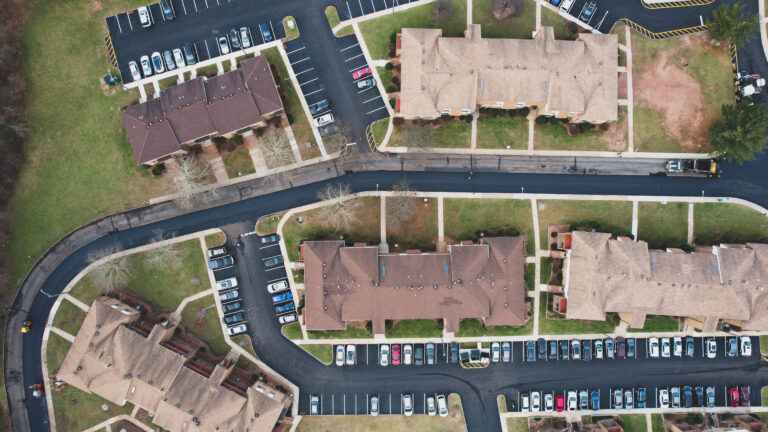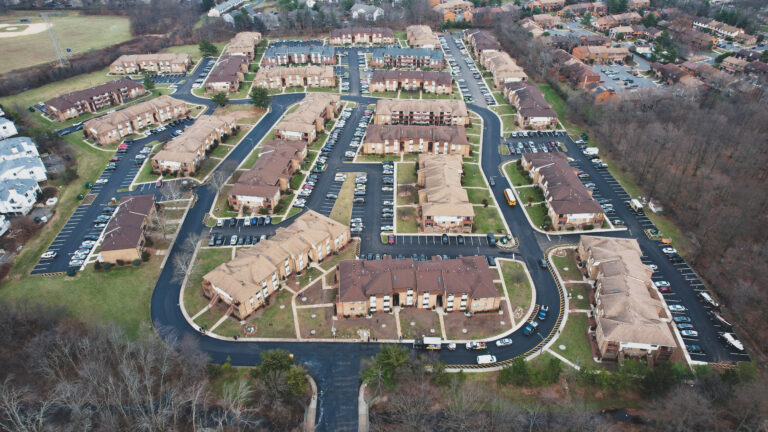Nationwide Full-Depth Asphalt Reclamation Services
Almost 400 million tons of asphalt pavement are being replaced annually in the United States—so why not repurpose this asphalt for new applications? Using old asphalt pavement is just one of the aspects that goes into an industry practice called “full-depth reclamation”.
The asphalt pavement found across the United States is designed to withstand heavy amounts of traffic volume. In the last decade, an amalgamation of different materials has been incorporated into the existing pavement formula; one of these materials is repurposed asphalt.
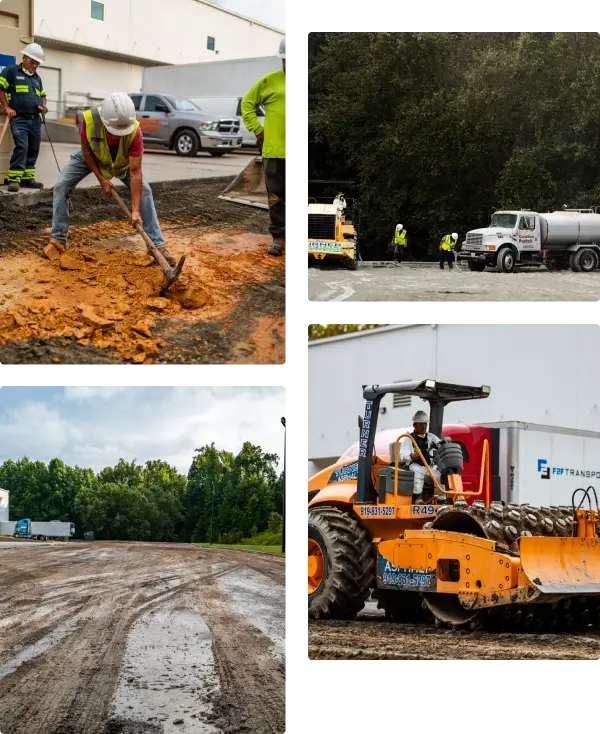
What is Full-Depth Reclamation?
The process of full-depth reclamation, also known as asphalt recycling, starts with the pulverization of the current asphalt pavement. Up to 20 inches of asphalt pavement is pulverized and then repurposed to provide a homogenous base layer as support for a newer and thinner layer of asphalt on top of it.
Full-depth reclamation is best used in situations where existing asphalt pavement is in dire need of rejuvenation. For additional stability, the base layer might be chemically or mechanically improved with the incorporation of other elements such as cement, lime, kiln, dust, or emulsified asphalt.
Benefits of Asphalt Reclamation
Asphalt Recycling has steadily grown in popularity across the paving industry because of these benefits:
- Cost Savings
Full-depth reclamation is generally cheaper than other traditional asphalt pavement removal and replacement methods. As time goes on and improved equipment and methods become widely available, prices are expected to decrease further. The cost of full-depth reclamation will also be cheaper with decreased usage of equipment, materials, and construction personnel.
- Time Savings
Many traditional removal and replacement methods have a long-winded, multi-step process. With full-depth reclamation, it’s all one singular process that is typically one-third of the time compared to other methods. With full-depth reclamation, you’re not only saving money—you’re saving time as well.
- Stronger Structures
Full-depth reclamation increases stability and flexibility, leading to stronger structures. It also decreases the susceptibility to moisture and rutting.
- Reduced Impact
Typical construction methods lead to a hefty impact on traffic. With full-depth reclamation, there are fewer construction obstacles. With less impact on traffic flow, everyone can continue operations more effectively.
- Reduced Waste
The process of full-depth reclamation uses recycled materials. This leads to less waste in landfills, and fewer trucks at the construction site means less fuel consumption and emissions. In turn, this makes this type of asphalt reclamation an environmentally safe option.
The Full-Depth Reclamation Process
Heading in the direction of choosing full-depth asphalt reclamation? Here is what the full-depth reclamation process entails:
Determine the Depth
The first step of the process is determining the depth needed for the project. The crew will need to establish the target depth to start the project, structural capacity, and identify any buried structures that will need to be kept in mind.
Pulverize & Preparation
This step of the process might start with pre-milling to accommodate for the bulking or fluffing up of existing material. Once the material has been pulverized, materials may need to be prepped for the best compaction practices.
Grade, Shape, and Compact
At this point, it’s time for the reclaimed materials to be graded, shaped, and compacted. Road graders will distribute the reclaimed materials to their proper grade and a cross slope and roadway crown will be established. The reclaimed materials are then compacted to create a sealing effect.
Cure & Cover
Once the reclaimed materials are compacted, it’s time for the curing and cover step of the process. The curing process requires sufficient time before being opened to traffic, especially if the reclaimed surface has been chemically stabilized. The reclaimed surface is then covered with surface courses such as different types of seals and overlays.
Enhancing Road Durability Through Full-Depth Asphalt Reclamation
Full-depth asphalt reclamation can be applied to a range of areas such as:
Parking Lots
Parking lots see a substantial amount of car, foot traffic and wear due to environmental factors. Asphalt reclamation is a great choice to revitalize worn and deteriorated parking lots. The FDR process will transform an old parking lot with its existing asphalt pavement and create a durable and resilient new surface.
Industrial Facilities
The surfaces at industrial facilities are constantly being put to the test due to heavy machinery traffic. Asphalt reclamation is up to the challenge in these settings by providing a surface capable of withstanding heavy workloads and harsh operations.
Private Roads & Subdivisions
Another application for asphalt reclamation is private roads and subdivisions. Private roads and subdivisions are no strangers to constant traffic loads and adverse weather conditions. Full-depth reclamation will breathe new life into private roads and subdivisions that are in desperate need of a refresh.
Find A Location
- Certified to Operate
- Service Location
Contact Pave America for Full-Depth Reclamation Services Across the Nation
Are you looking to bring new life to your deteriorated parking lot, industrial facility, private road, or subdivision? Contact Pave America today for our nationwide service and see the numerous benefits of full-depth reclamation.






